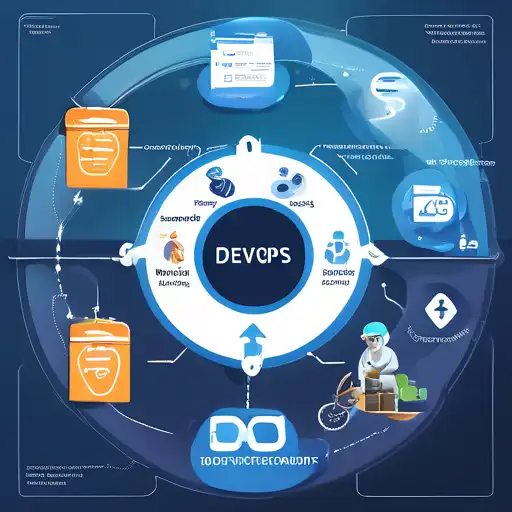Introduction to DevOps in Software Development
DevOps has revolutionized the way software is developed, deployed, and maintained. By bridging the gap between development and operations teams, DevOps practices ensure a smoother, faster, and more efficient software development lifecycle (SDLC). This article explores the pivotal role of DevOps in enhancing the SDLC, from planning to deployment and beyond.
The Core Benefits of DevOps
DevOps brings numerous benefits to the software development process, including improved collaboration, faster deployment times, and higher quality products. Below are some of the key advantages:
- Enhanced Collaboration: DevOps fosters a culture of collaboration between developers and operations teams, breaking down silos and improving communication.
- Increased Deployment Frequency: With continuous integration and continuous deployment (CI/CD), teams can release updates more frequently and with greater reliability.
- Improved Efficiency: Automation of repetitive tasks reduces manual errors and frees up teams to focus on more strategic work.
- Higher Quality Products: Continuous testing ensures that issues are identified and resolved early in the development process, leading to higher quality software.
DevOps Practices That Transform the SDLC
Implementing DevOps practices can significantly improve the efficiency and effectiveness of the SDLC. Here are some of the most impactful practices:
Continuous Integration and Continuous Deployment (CI/CD)
CI/CD pipelines automate the process of integrating code changes and deploying them to production, enabling teams to deliver updates more quickly and reliably.
Infrastructure as Code (IaC)
IaC allows teams to manage infrastructure through code, making it easier to provision and manage resources dynamically and at scale.
Monitoring and Logging
Continuous monitoring and logging provide real-time insights into application performance, helping teams to identify and resolve issues promptly.
Challenges and Solutions in Adopting DevOps
While DevOps offers numerous benefits, organizations may face challenges in its adoption. Common challenges include cultural resistance, skill gaps, and toolchain complexity. Overcoming these challenges requires a strategic approach, including training, gradual implementation, and selecting the right tools.
Conclusion
DevOps is not just a set of practices but a culture that promotes collaboration, efficiency, and continuous improvement in the software development lifecycle. By adopting DevOps, organizations can achieve faster deployment times, higher quality products, and a more agile response to market changes. For more insights into optimizing your development processes, explore our technology trends section.
